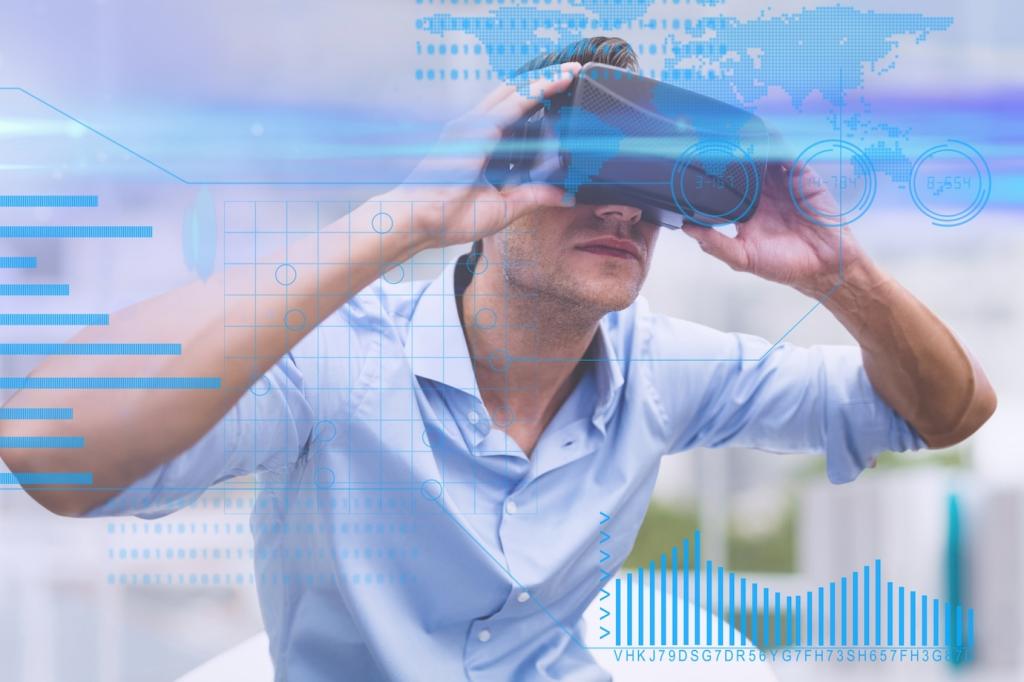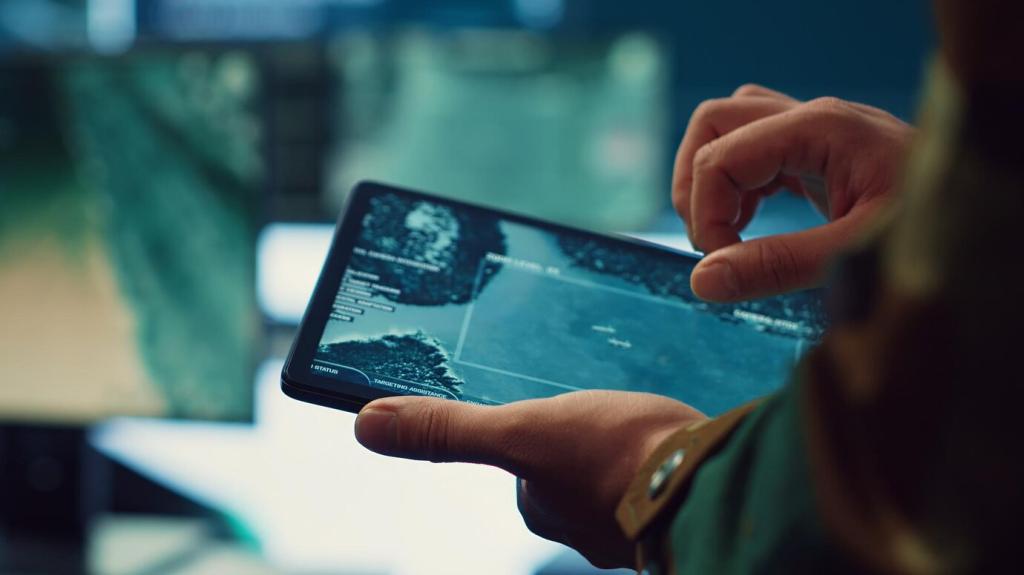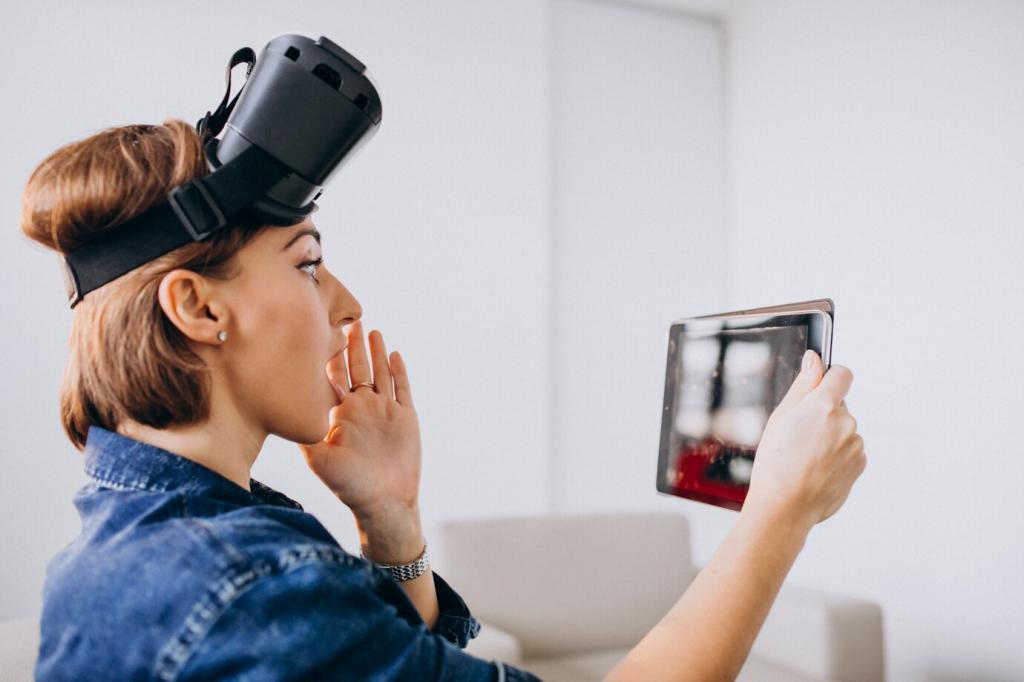
Securing Reality: Security Considerations in AR Mobile Apps
Selected theme: Security Considerations in AR Mobile Apps. Step into a safer augmented world where design choices protect people, places, and data. Together we will explore practical defenses, real stories, and clear steps you can take today. Join the conversation, share your experiences, and subscribe for ongoing security insights tailored to AR creators and curious users.
The AR Threat Landscape: What Makes It Different
AR mobile apps rely on cameras, LiDAR, GPS, and motion sensors, which can capture sensitive surroundings and routines. Overbroad permissions can expose intimate details, from room layouts to daily schedules. Be intentional: request only what is essential, justify every permission, and explain plainly why it matters to users.



Secure Architecture and Data Flow for AR
Whenever possible, process sensitive computer vision tasks on-device to avoid unnecessary exposure. If you must offload, anonymize frames, strip metadata, and prefer ephemeral processing. Cache minimally, restrict access paths, and log events without capturing raw images. Which tasks do you keep local, and why?
Secure Architecture and Data Flow for AR
Protect data in transit with TLS and certificate pinning to stop man-in-the-middle attacks. Encrypt at rest using platform keystores, and rotate keys periodically. Harden SDK dependencies and ensure secure defaults are consistently applied across all AR features, especially map sync and asset delivery.
Protecting 3D Assets, Models, and World Maps
Sign asset bundles and verify integrity at load time to block tampering. Use lightweight obfuscation and watermarking for critical models. Limit offline export, and restrict debug tools in production builds. Creators, how do you balance performance and protection for high-fidelity assets?




Testing, Monitoring, and Incident Response for AR Apps
Map assets like camera frames, anchors, and world maps; list entry points; and rank threats such as overlay phishing, sensor spoofing, and data leakage. A short workshop can reveal surprising risks, especially around debug features left enabled by default.


Testing, Monitoring, and Incident Response for AR Apps
Collect only what you need, aggregate where you can, and scrub images or coordinates before logging. Trigger alerts for suspicious map sync rates or unusual asset requests. Transparent status pages and in-app notices build trust when you respond quickly and honestly.
Compliance, Ethics, and Building User Trust
Clear Consent and Contextual Prompts
Explain why you need camera or location access at the moment of use, not just during onboarding. Show respectful, human language with icons and examples. Offer a privacy tour so users can confidently adjust settings and still enjoy the core AR experience.
Bystander and Child Safety Considerations
AR can capture people who did not opt in. Blur faces by default where appropriate, and consider age-gating features that record or share scenes. Offer easy reporting and immediate deletion options for accidentally captured content that users do not want stored.
Trust Through Transparency and Community
Publish a readable privacy policy, security contact, and changelog for major updates affecting data. Invite feedback from your community, and celebrate fixes openly. Subscribe to our updates for practical templates and checklists you can adapt to your AR mobile apps.
